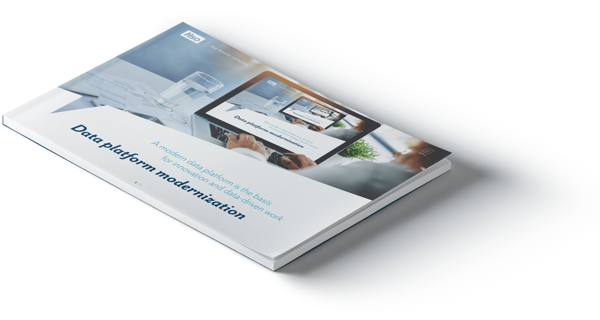Data and analytics: putting in the right systems
First, it is necessary to put all data from all different systems, applications, sensors and external parties together. Before you can analyse relevant insights, your so-called data estate must be connected. What systems should be in place and what challenges should be expected at each stage?
A combination of the below three data and analytics platforms enables you to connect and analyse all of your data. If you overcome the accompanying challenges.



